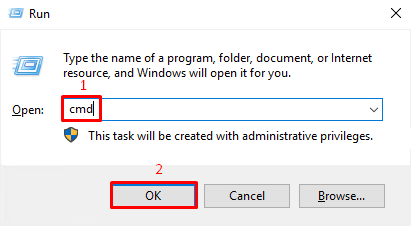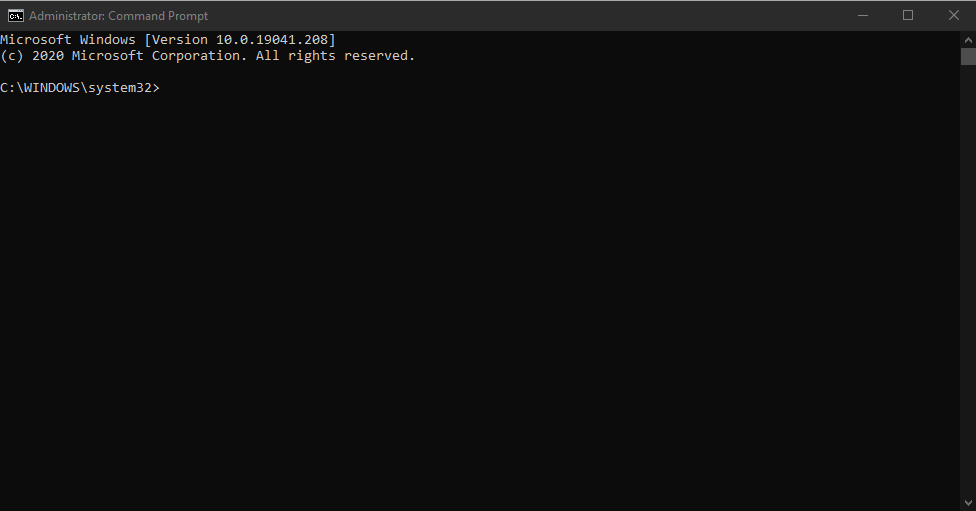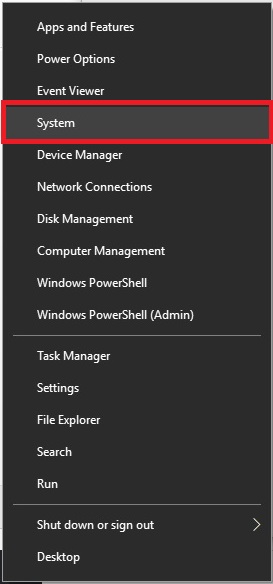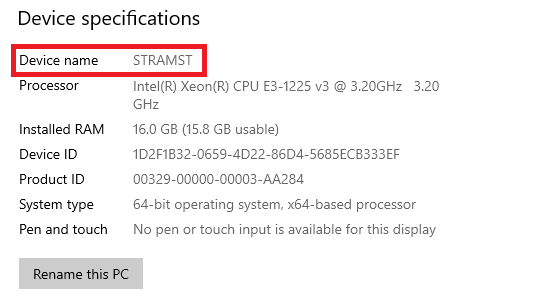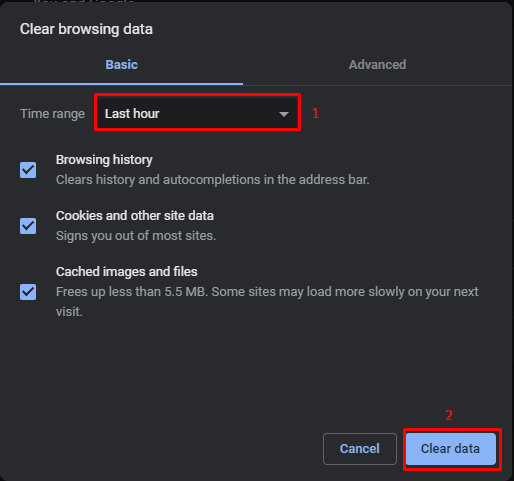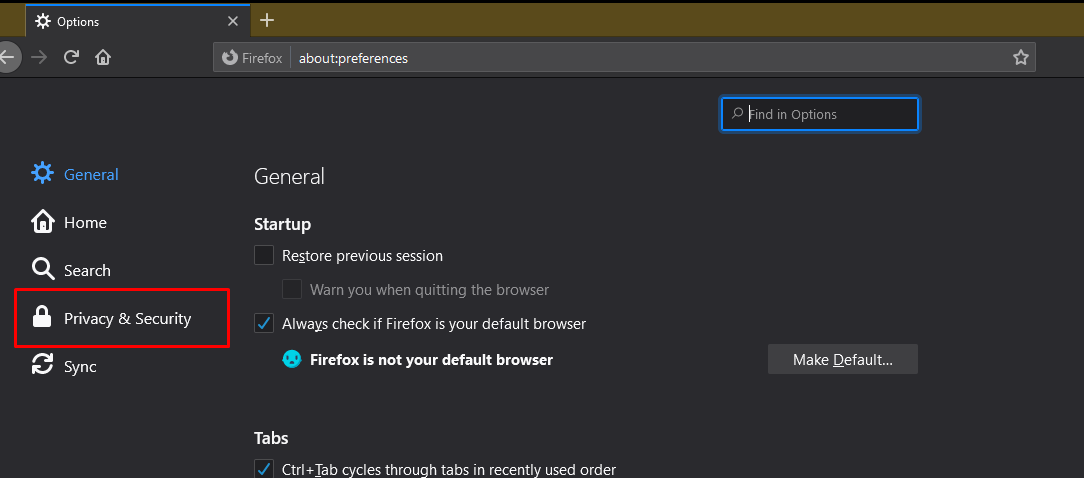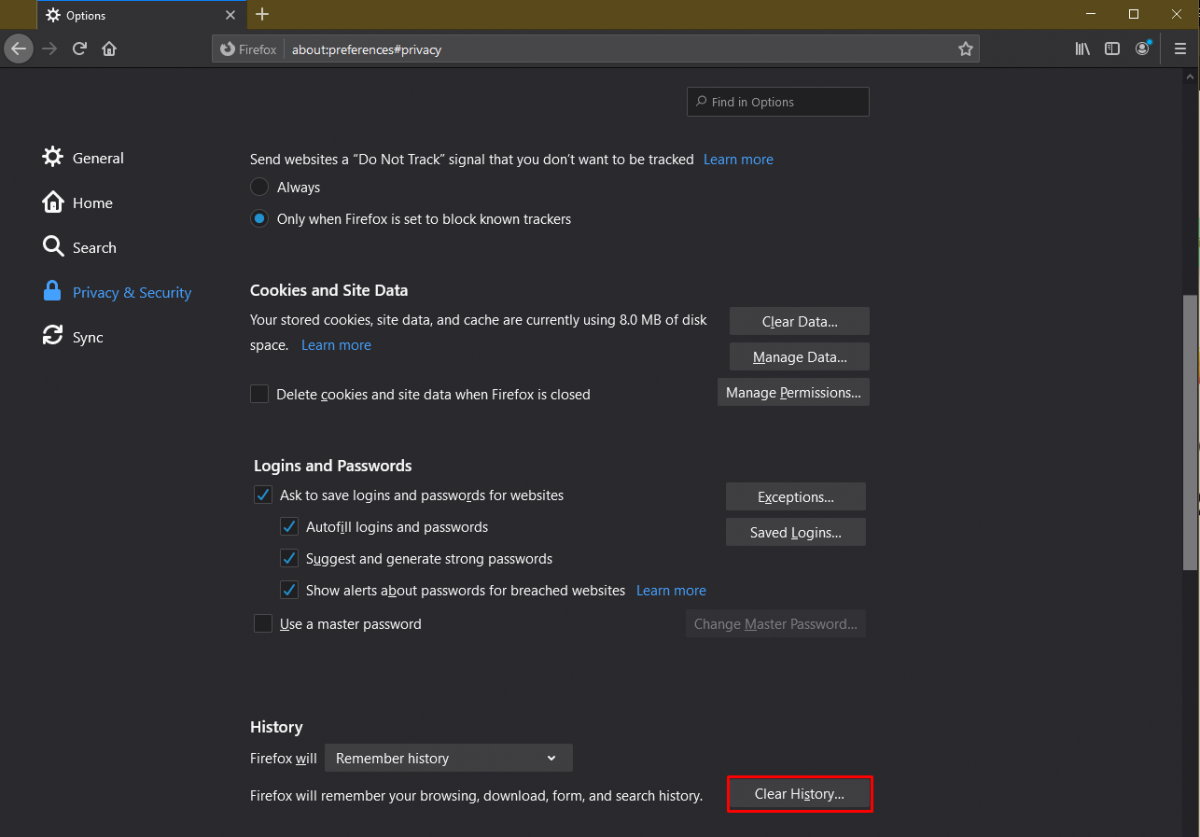Critical security patches for the Windows operating system are deployed through a system called Automatic Updates. The updates usually patch a hole in the OS which would otherwise allow a computer to be compromised. These patches are vital for a secure network and environment.
All computers on the SCIENCE domain have the same policy on how they check for updates.
The domain policy for automatic updates works like this:
Every 8 hours the client computer checks our update server for new updates. If there are new updates it will download them and prompt you to install them. This comes in the form of a popup notification like this:

From here you can install the updates manually, and if required, restart the computer.
If you do not install the updates manually, then the computer will install the update at 3:00 am every night and if no one is logged on, it will restart if required.
If the computer is logged on, it will prompt you if you wish to restart. If you choose [NO] it will prompt you again every 30 minutes until the computer is restarted.
If the computer is turned off at 3:00 am and there are updates to install then 5 minutes after the system starts up again the updates will be installed, and you will be prompted to restart the computer.
It is recommended to install updates as soon as possible and to restart the computer if required.
